Let's talk about dog ACL recovery without surgery One day, you find your dog limping Your vet performs the drawer test and diagnoses your dog with an ACL or CCL injury You'll probably immediately hear that TPLO surgery is the only treatment We believe that you have the right to know that there could be other, less intrusive optionsBackground Complications and adverse events after anterior cruciate ligament (ACL) reconstruction are well known, but they have been underestimated in previous studies Purpose To describe the complications and adverse events after ACL reconstruction within a 2year followup and analyze them in relation to the type of graft Study design Cohort study; Cranial cruciate ligament (CCL) rupture is a very common cause of pelvic limb lameness in dogs Few studies, using objective and validated outcome evaluation methods, have been published to evaluate longterm (>1 year) outcome after CCL repair A group of 47 dogs with CCL rupture treated with intracapsular, extracapsular, and osteotomy techniques, and 21 healthy control dogs

Ultimate Pet Owners Guide To Ruptured Cruciate Surgery In Dogs Pet Care And Animal Information Articles And Updates Willamette Valley Animal Hospital
How to tell if dog acl surgery failed
How to tell if dog acl surgery failed- Leg Surgery Complications in Dogs When monitoring a leg after surgery, a dog owner should look for excessive swelling, redness, pain, and oozing from the incision site Side effects of medication can also occur and may include vomiting, diarrhea, and a decrease in appetite During the first night after ACL surgery, your dog may not want to drink water In fact, drinking and eating may not be normal for a few days after surgery But offer small amounts of water when you arrive home Later on, offer small amounts of food Sedatives and anesthesia may cause disorientation and/or listless behavior in your dog following surgery Listlessness could continue for up to 24 hours after surgery Your dog may howl and whine This is also normal after undergoing anesthesia




Cruciate Surgery After Care Alpine Veterinary Medical Centre
Level of evidence, 3Depending on the treatment that you chose for your dog to repair their ACL initially, it may be possible for the ligament to become reinjured through movement or natural deterioration 1 If your dog is limping, bring him to your veterinarian to determine the cause Chances are your dog has a cruciate injury 2 Keep a dog with a ligament injury quiet and confined 3 Understand the risks and benefits of knee surgery for dogs so you can make an informed decision about which direction to take 4
This is compared to 9 out of 10 dogs having a good outcome after surgery That is a strong argument that bigger, larger dog breeds really do need to have surgery for this disease Surgical Treatment Surgical management will almost always result in a better outcome With surgery, over 90% of dogs will have a good outcome as I've just discussedRecovery From ACL Dog Surgery Following ACL dog surgery, your dog should be confined for two weeks so that he cannot walk on the injured leg By the tenth day after ACL dog surgery, your dog may begin to put weight on the leg To avoid further injury until the recovery process is complete, follow these tips 1 Walk your dog on a leash only If you think your dog has a torn ACL in his knee, the first thing you should do is take him to the veterinarian The bad news is that ACL injuries rarely heal on their own and surgery is often necessary Torn ACL injuries are also extremely painful – and extremely expensive to repair You should be prepared to pay $1,500 to $4,000 and spend
Dog Torn ACL Surgery Cost and Recovery If the ACL surgery is not performed on time, the dog may experience permanent damage to the knees The dog's leg may not be stable for a long time, and the dog may be permanently lame Though the dog torn ACL surgery cost is quite a lot, it can render your dog mobile again Pick up your dog's opposite front leg to the injured side (eg if your dog had ACL surgery on their left back leg, you will lift their right front leg) Hold for 23 seconds Make sure your dog's injured leg stays on the ground, and bearing weight What to Expect After an ACL Surgery It is completely normal for your dog to seem lethargic for a while after they've undergone medical care They may not eat for 24 hours after the surgery either Don't force your dog to eat, and make sure they have clean water at all times




The Ultimate Pet Owners Guide To Ruptured Cruciate Surgery In Dogs Plateau Veterinary Hospital Blog Plateau Veterinary Hospital



Checklist Does My Dog Have A Torn Acl Crcl Liberty Animal Hospital
My 12 year old dog, Spike, had ACL surgery when he was six He had the more expensive surgery at the time, as he was a young and active healthy dog The following months after the surgery were rough on both him and us, but we got through it Of course, the savings account suffered greatly for itThe American College of Veterinary Surgeons report that the longterm outlook for dogs who undergo the CCL surgery is goodYour dog will begin favoring the noninjured leg While the injured knee is becoming less and less used because of the partial tearing, additional pressure is put on the other knee This is one reason why in 60% of cases, a cruciate ligament tear in one knee will




Tibial Plateau Leveling Osteotomy Tplo Surgery Rehab For Dogs Topdog Health




Surgery Facts About Torn Ccl Acl Posh Dog Knee Brace
Your dog will need to rest and recover over the next several weeks The first two weeks after surgery are the most crucial for proper healing And, you will need to supervise your pet fulltime during the first two weeks Do not allow your pet to jump on and off furniture The following findings increase the suspicion for a torn ACL in dogs Decreased comfortable range of motion in the affected (injured) leg Decreased thigh muscle circumference in the affected leg (due to disuse/favoring the leg) We call this muscle atrophy They include Delayed healing Implant complications Late surgical site infections Reinjury Arthritis Cancer




Surviving The Post Op After Your Dog S Acl Ccl Surgery
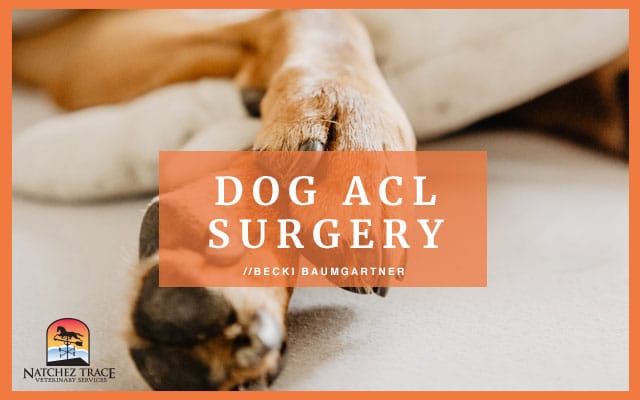



6 Things To Consider Before A Dog Acl Surgery Marc Smith Dvm
Bubbles had her ACL TTA Surgery on the 14th of march 15 During your dog's ACL surgery recovery, make sure to limit your pet's activity Doing so prevents their incision from opening and reduces the risk of further dog ACL recovery complications Moreover, bathing or swimming should be 100% avoided to reduce exposure to moisture and prevent the spread of bacteria and infections A CCL tear in dogs is the equivalent of an ACL (anterior cruciate ligament) tear in humans While some knee injuries can be dealt with by conservative management, most dog parents opt to move forward with TPLO surgery Ask your vet about possible common complications with TPLO surgery and recovery




Acl Surgery In Dogs Costs Healing Treatments
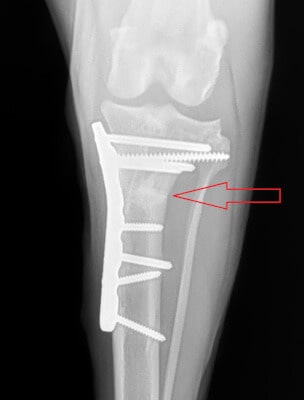



Tplo Dr Phil Zeltzman Allentown Pa
ACL Repair is a complicated surgery! Dog ACL Surgery The Second Time Around Snap Crackle Pop The familiar sound I like hearing in my cereal bowl but not emitting from my dog's leg If you follow Fidose of Reality, you might recall that our PR (Puppy Relations) Manager, Dexter, tore his ACL (anterior cruciate ligament) in 13 We tried everything from the conservative The TPLO procedure to repair a CCL—otherwise known as the canine ACL—is fairly straightforward as surgeries go, but as with all operations, the recovery period is essential to your pet's best outcome When you know what to expect in the days and weeks following your dog's surgery, your dog should recuperate on a fairly predictable timeline



1




Cruciate Ligament Acl Knee Surgery For Dogs
As with other bonecutting procedures, dogs are walking on the leg very quickly after surgery Because it involves bone cutting of the shaft of the tibia bone, and a thick bone plate on the leg, and time needed to heal the bone, the recovery from surgery is longer than in Tightening procedures, and client compliance on home care is vital The strap on his hip goes over to the top of the harness The strap on the inside of his leg goes under his belly and to the harness Just try it tied in different positions Stuff happens A week after dog ACL surgery, I had left Hobbes alone to go to a meeting He was in his den with the gate up and "party hat" onThis is a potential complication with either surgery and there is no way to predict which dogs will have significant problems with arthritic pain It requires lifelong activity moderation (less free running and jumping, more slow leash walks and swimming) and the use of nonsteroidal antiinflammatory drugs long term (drugs such as Rimadyl, Deramaxx, Metacam and Previcox)




Dog Acl Surgery Post Op Care




No Surgery No Problem Treating Our Dog S Acl Tear Notes From A Dog Walker
Things like implant infection, screw failure, or plate failure can lead to limbthreatening complications You could end up with a bone that can not be replated Because the ACL is never actually replaced, the TPLO has a somewhat higher incidence of meniscus problems postopScout, my German Shorthaired Pointer, is only four years old but has already endured two ACL surgeries (both knees) and a meniscus tear surgeryI am well acquainted with each surgery and its recovery time The weeks following any knee surgery are difficult for the dogSurgery is often recommended for dogs' stifle (knee) ligament injuries in cases where surgery is not the best treatment choice When they have ACL (CCL) ligament injuries, most dogs will recover well without surgery Sometimes surgery will be needed, but it is a mistake to accept any vet's claim that your dog needs surgery without first




The Best Tplo Surgery And Recovery Tips For Dog Parents




Dog Acl Recovery Without Surgery Healing Husky Squad Blog
Once the ACL is torn or ruptured, arthritis can set in within a few days as the knee joint is no longer able to function and bones start rubbing together My dog's surgeon reported that surgery As the owner of a senior dog who also weighs close to 80lbs, I invested in a "Help 'Em Up Harness" Believe me when I tell you that I would spend $1000 dollars on that harness for the amount of trouble it has saved both Jet and me – Expect bruising This was the most shocking part of postCCL surgery for me that I wasn't prepared forEight weeks of careful activity restriction will tell you whether your dog is one of the small minority of dogs with ACL/CCL problems who really need surgery Nonsurgical recovery is based on careful activity restriction which provides the conditions necessary for the dog's body to restabilize the joint without surgical intervention
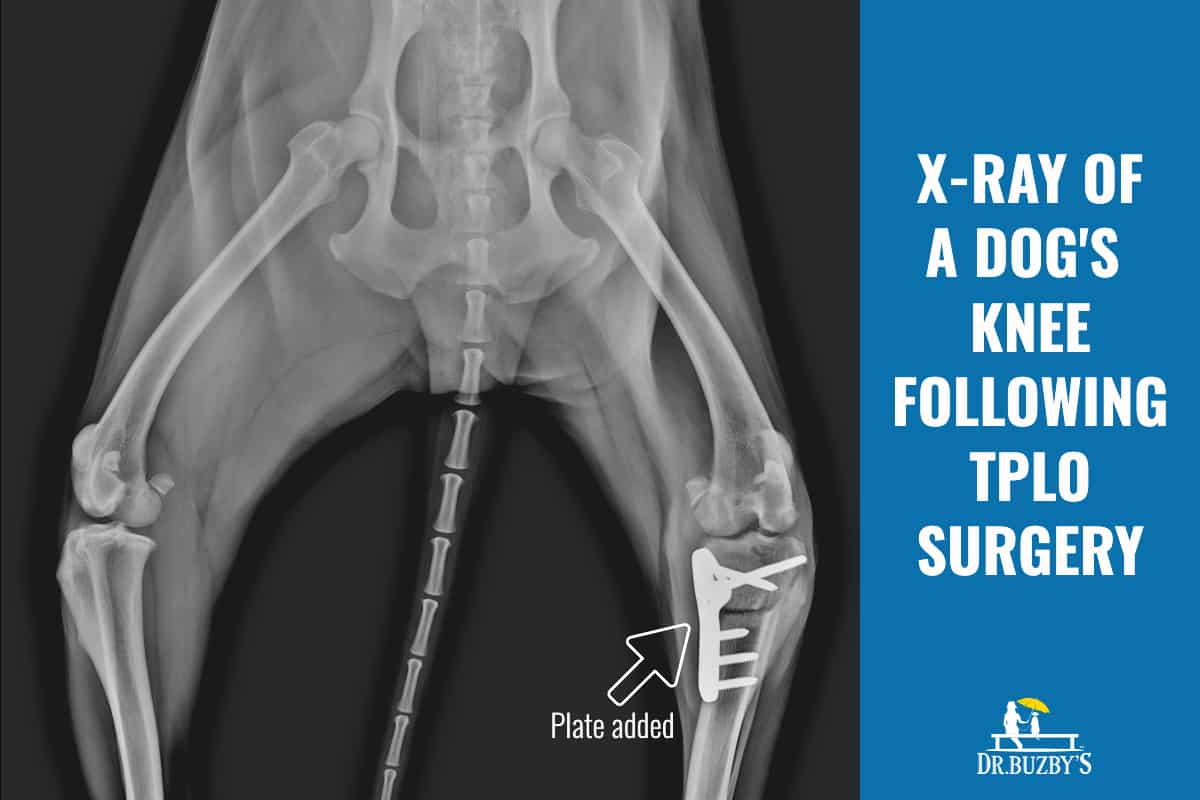



Torn Acl In Dogs Signs Symptoms Surgery Options Dr Buzby S Toegrips For Dogs




Tta Vs Tplo Direct Veterinary Surgery
Note that recovery can take approximately 12 weeks, but it can take six months or longer for your dog's leg to completely heal and become fully functional What Complications Can Be Expected?At Kirkwood Animal Hospital we believe it is essential that surgery be performed for a CCL rupture If both CCLs rupture, you may be faced with a dog that cannot get around and a long expensive recovery process when two knee surgeries are done at one time Without surgery, a dog will be able to use their leg again (approximately 46 weeks) butPostoperative rehabilitation following CCL surgery is an important part of the recovery process for your dog The goal of therapy is to gradually return the leg to normal function over the course of the next 3 to 4 months Dogs tend to use the leg too much too soon after surgery and can cause repair failure Alternatively, if




Large Dog Extracapsular Repair Acl Ccl Injuries In Dogs Xena S Story




Cruciate Surgery After Care Alpine Veterinary Medical Centre
TPLO Complications – Lexi By Samantha Edwards on in CCL Injury, Complications, Dog Knee Surgery, Owner Experiences, Surgical Procedures, TPLO Lexi is a twoyearold Lab cross who injured her left knee playing with another dog on She was running and made a a quick turn and gave a loud cry and came up lame Extracapsular repair techniques have been available for over 50 years and have proven the test of time as a very beneficial surgery for a torn cranial cruciate ligament Two surgical procedures, the lateral suture, and the TightRope are the most common extracapsular repair procedures for a torn cranial cruciate ligament Day 1 – 14 Following Dog ACL Surgery Icing (cryotherapy) – Ice your dog's knee twice daily for minutes per session Wrap the ice pack in a towel before applying Strict crate rest – Ideally your dog will be crated, but if your dog is confined to a small room please ensure the floor is nonslip



1




The Best Torn Dog Acl Treatment For The Fastest Recovery Our Pets Health
Reported complication rates following cruciate surgery up to 32% have been reported and include late meniscal injury, joint or soft tissue infection, osteomyelitis, seroma, screw loosening, fracture (tibia, fibula, patella), distal limb oedema, implant failure, patella luxation, neurological deficits, wound dehiscence, patella tendon desmitis and intraoperative haemorrhageThe following complications have been documented irritation, breakage and/or infection of the heavy nylon stabilizing sutures, and postoperative damage to the meniscus Some of these complications require additional surgery Prognosis The prognosis following surgery is generally good About 90% of dogs will go on to have normal pet function The rehabilitation period for your dog following any operation can be challenging but when it comes to ACL surgery, the recovery complications can be significant This type of surgery is one of the most major procedures a dog can have It is stressful, particularly as your dog will want to walk soon after the ACL surgery
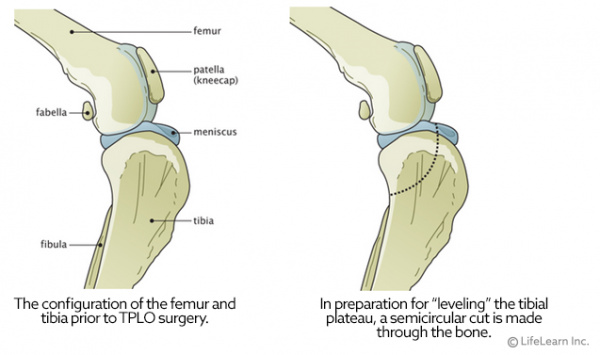



Cranial Cruciate Ligament Repair Tibial Plateau Leveling Osteotomy Tplo Vca Animal Hospital




What Is Tplo Your Dog S Best Option For Treating Cclr Tplo Info
As with all kinds of surgery, complications can occur during recovery and this can be common with dogs who are not aware of how delicate their joints are postsurgery Complications with a dog's knee joint are usually caused by stress on the joint, with dogs jumping, running or playing causing the ligament to tear again A dog tearing his/her CCL is the human equivalent of tearing your ACL, it's quite painful and requires a long recovery A torn CCL is a relatively common injury in dogs of all sizes, shapes, breeds, and ages and generally treatment involves surgery A couple of weeks after what seemed like a silly accident, I was scheduling my dog, Brady, forACL surgery for your dog is an intense procedure and will demand a lot of your attention, time, and care Expect the recovery to last a full four months From the time that your dog returns home, recovery will be incremental and progressive, be patient with yourself and your dog, before you know it your furry friend will be up and running!
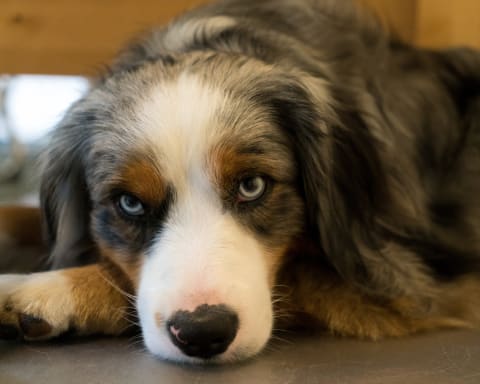



Tibial Plateau Leveling Osteotomy Tplo Surgery For Dogs Procedure And Recovery Flat Rock Vet Western Carolina Regional Animal Hospital Veterinary Emergency Hospital
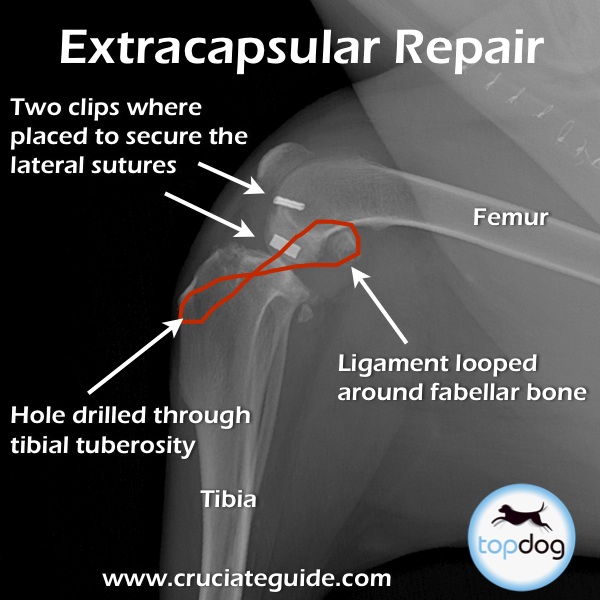



Dog Acl Surgery Lateral Suture Topdog Health




Acl Injuries In Dogs




How Soon Can A Dog Walk After Acl Surgery Tplo Rehab Guide
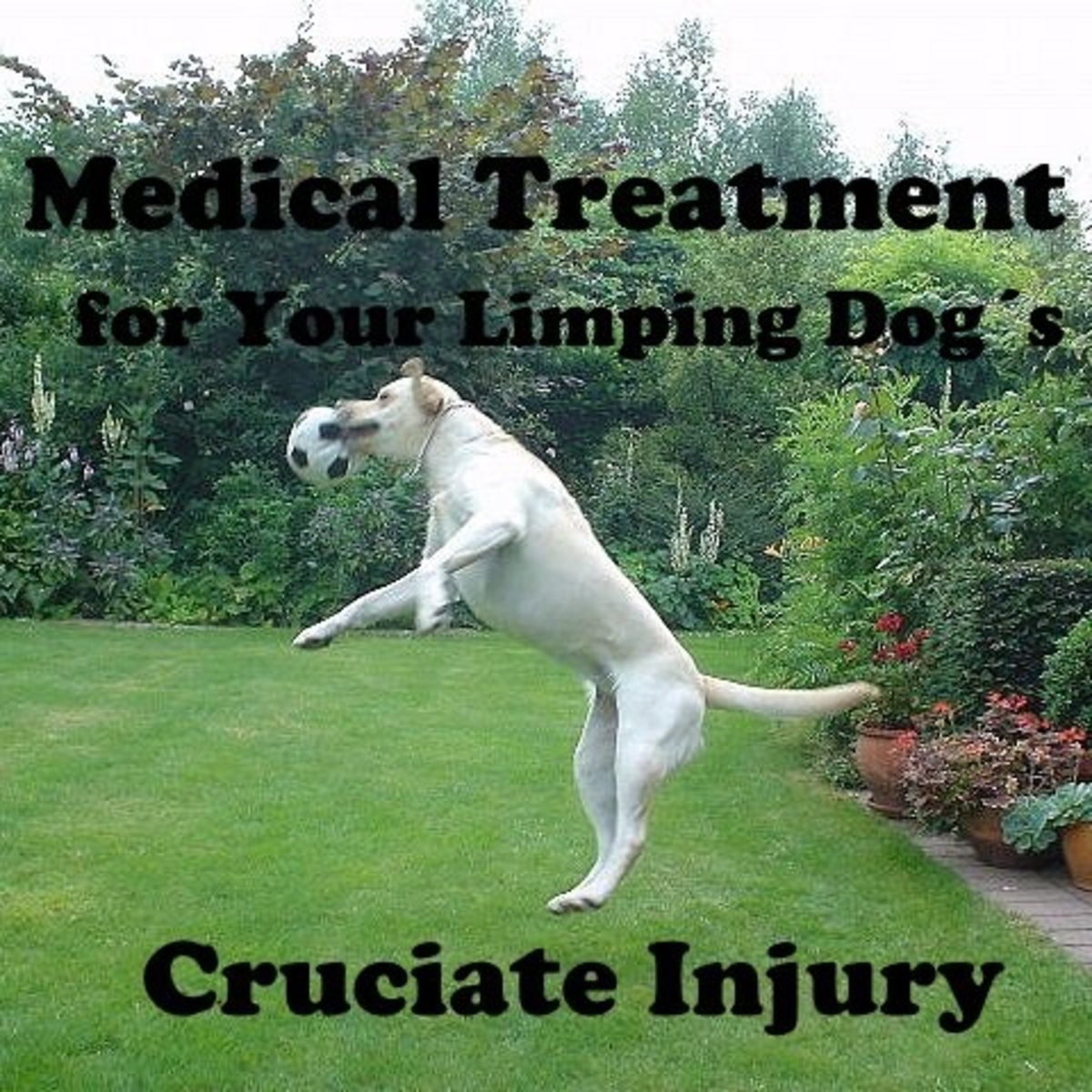



Torn Acl In Dogs First Aid And Medical Treatment Surgery Is Not Your Only Option Pethelpful




What You Need To Know After Your Dog Has Acl Surgery Acl Surgery Therapy Dogs Ligament Injury
/cruciate-ligament-injury-in-dogs-1117416_V2-130f67462a5243dfa17a83a0e1c36b78.gif)



How To Treat Ruptured Cruciate Ligament In Dogs




Tplo For Acl Injuries In Dogs Hopkinton Animal Hospital Full Service Veterinarian In Hopkinton Nh
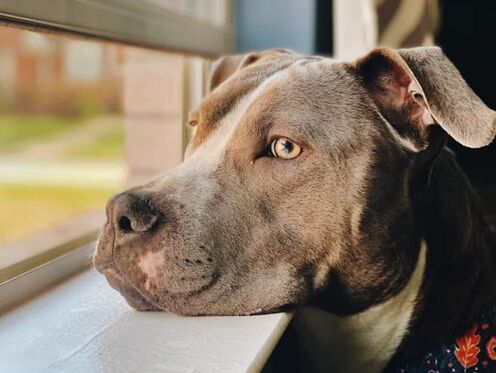



Blog The Love Pit




Tplo San Antonio New Braunfels Boerne Texas Specialty Veterinary Services
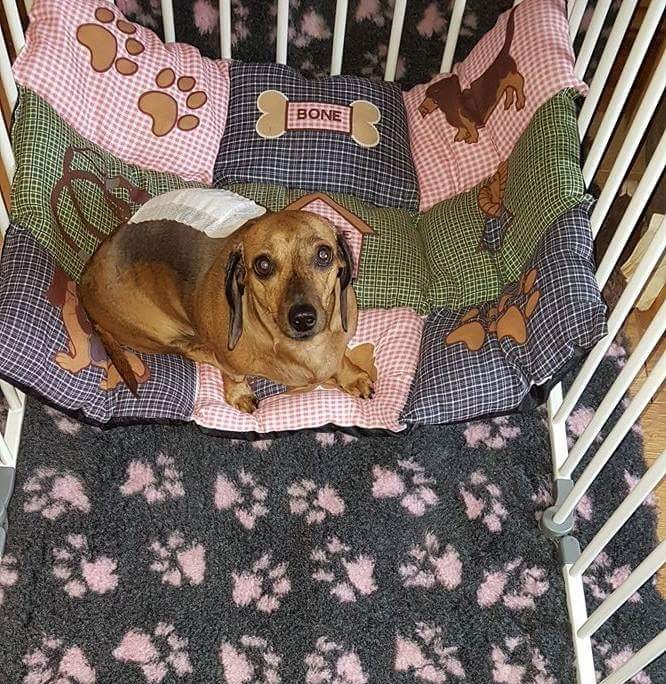



Crate Rest For Dogs Advice For Vets The Rehab Vet
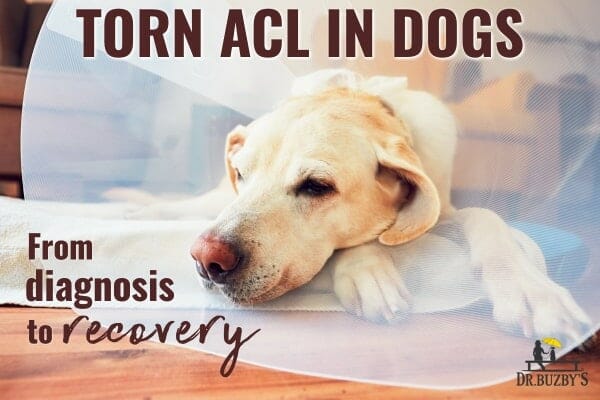



Torn Acl In Dogs Signs Symptoms Surgery Options Dr Buzby S Toegrips For Dogs




Dog Acl Surgery The Second Time Around Fidose Of Reality




Posh Dog Knee Brace Provides Non Surgical Recovery From Dog Knee Ligament Injuries Fido Friendly
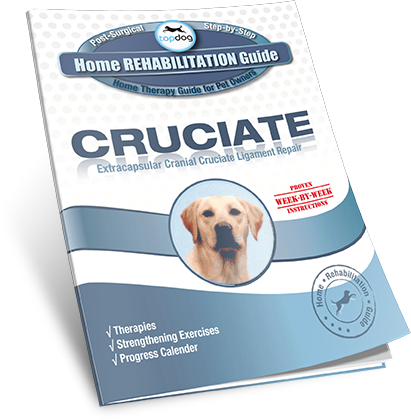



Dog Acl Surgery Lateral Suture Acl Recovery Topdog Health




Dog Injury Or Surgery Recovery Mishaps Versus Setbacks




Acl Injury Mission Pet Hospital




Dog Ligament Surgery Tightrope Repair For Torn Canine Acl



Dog Acl Surgery Recovery Week By Week Timeline Lick Sleeve



Www Edmontonveterinary Com Storage App Media Tplo Home Recovery Program Final July 13 12 Pdf




Dog Acl Surgery What To Expect The Balanced Dog
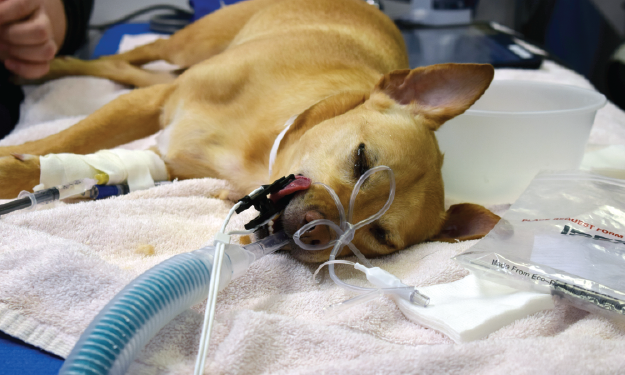



Torn Acl Ccl In Dogs Diagnosis Surgery And Recovery
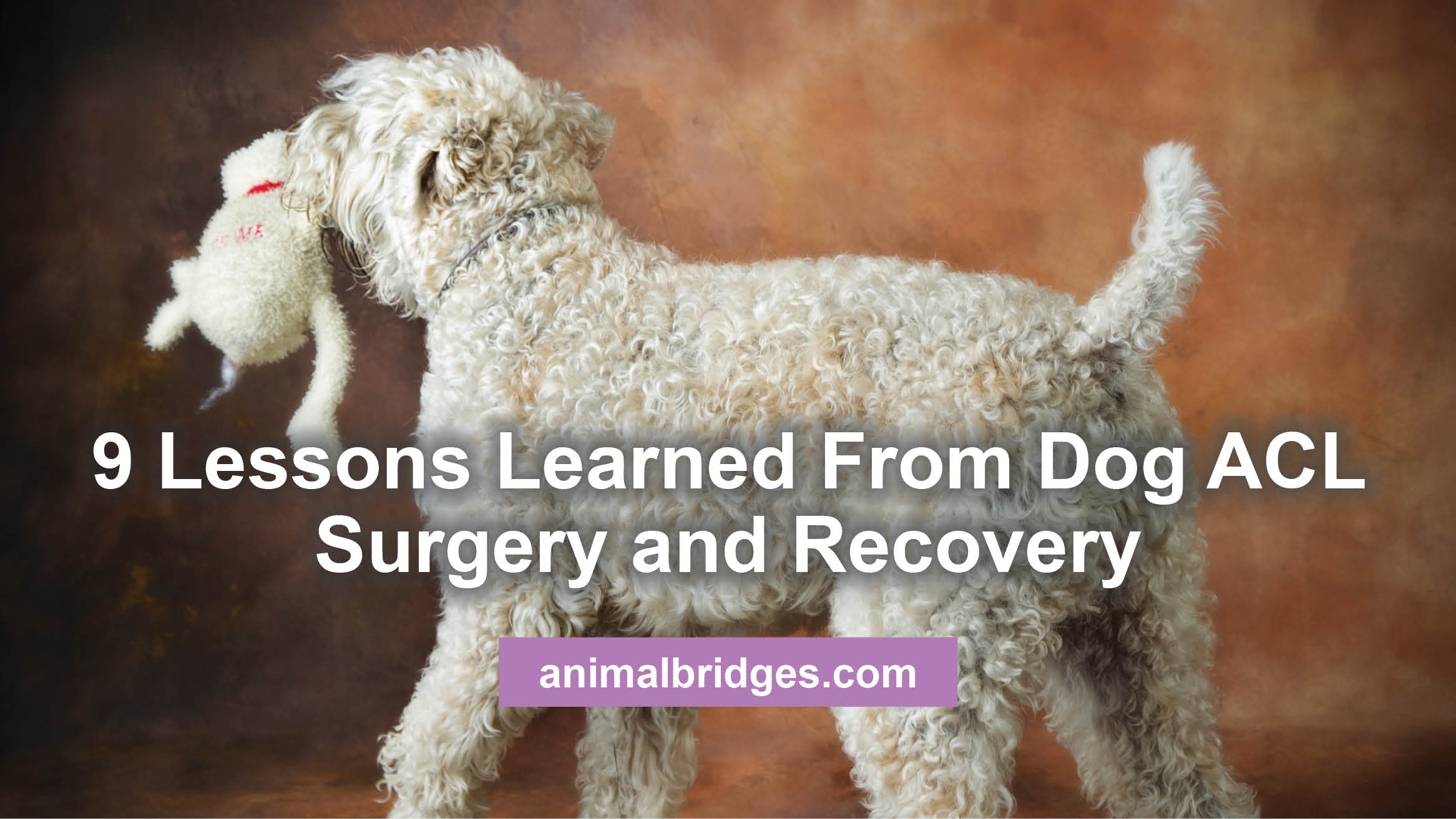



9 Lessons Learned From Dog Acl Surgery And Recovery
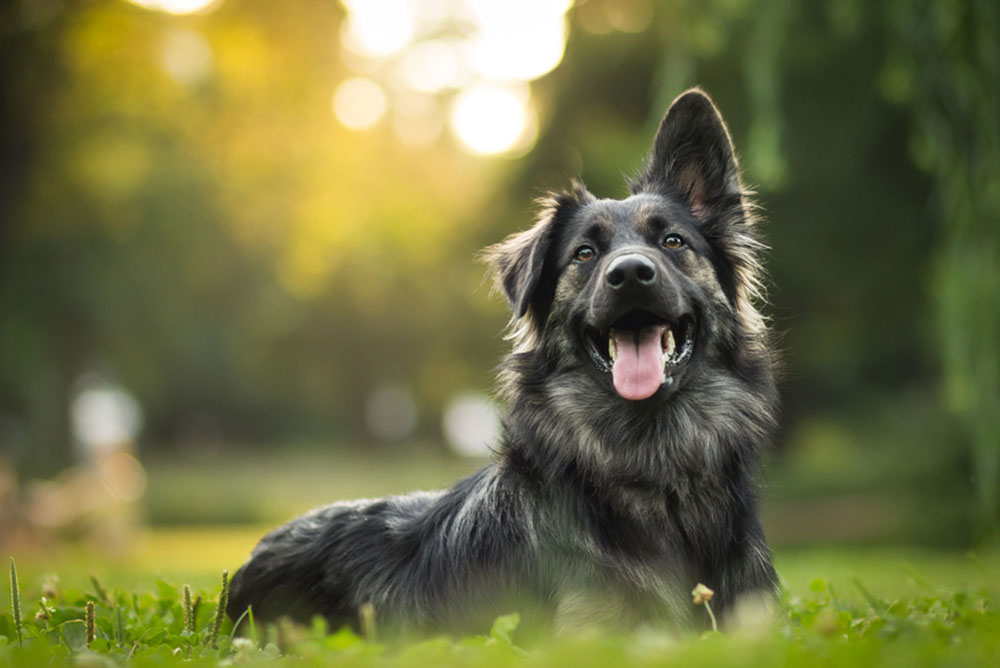



Dog Cruciate Acl Surgery




How To Help Your Dog Heal After Acl Surgery
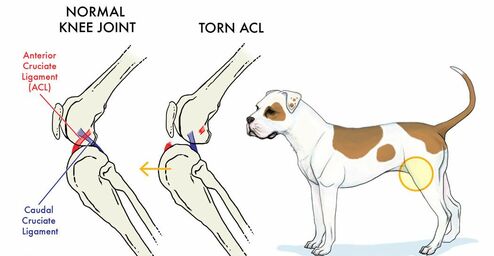



Nt Vet Services News Northern Territory Veterinary Services
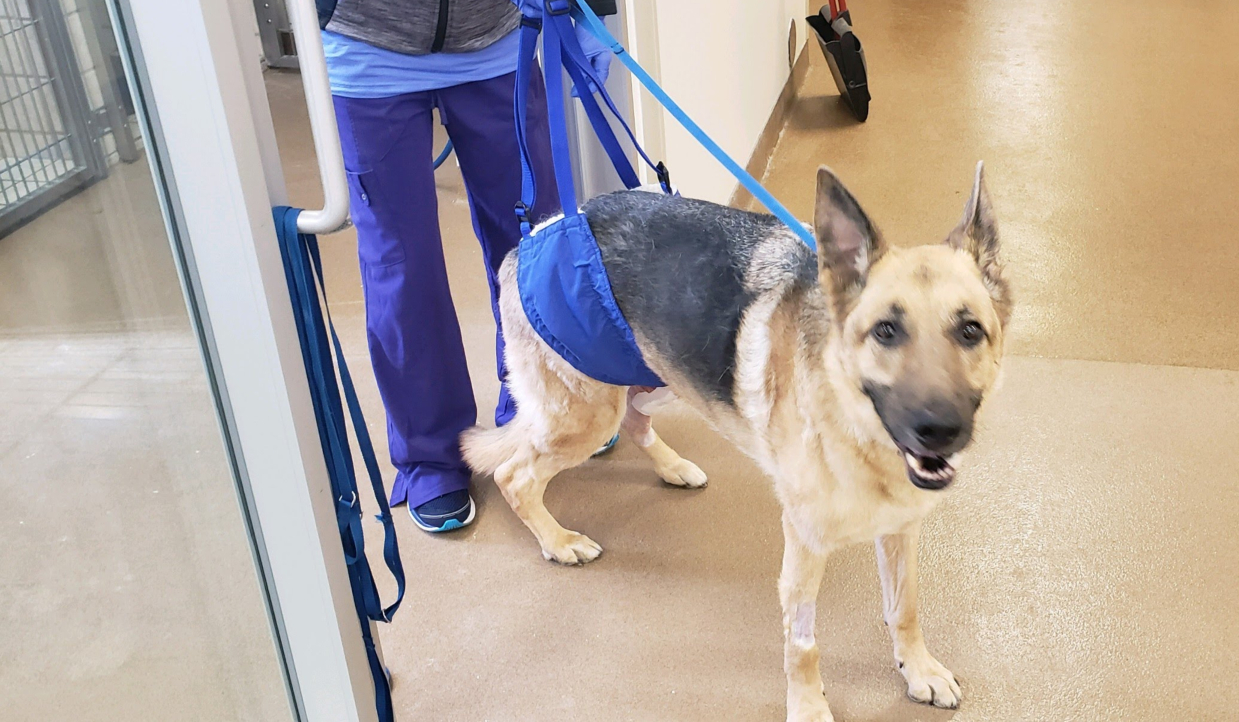



Tplo Surgery For Ccl Tears The Dog Owner S Guide Oakland Veterinary Referral Services
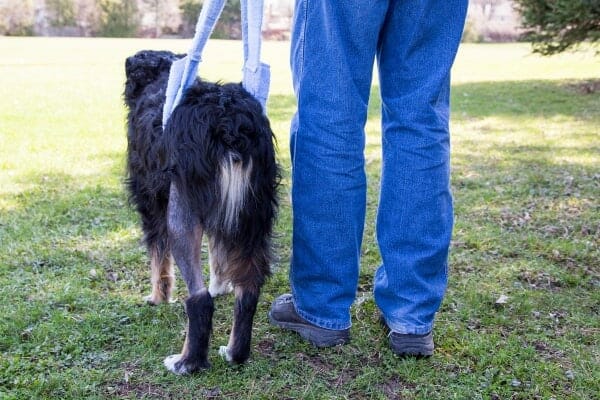



Torn Acl In Dogs Signs Symptoms Surgery Options Dr Buzby S Toegrips For Dogs




No Surgery No Problem Treating Our Dog S Acl Tear Notes From A Dog Walker




Dog Acl Surgery What To Expect The Balanced Dog




How Soon Can A Dog Walk After Acl Surgery Tplo Rehab Guide




Weighing Surgery For An Older Pet Southwest Journal




How To Help Your Dog Heal After Acl Surgery




Orthopedic Follow Up Evaluations Identifying Complications




Extracapsular Lateral Suture Stabilization Elss For Torn Cranial Cruciate Ligaments Crcl In Dogs Medvet



1
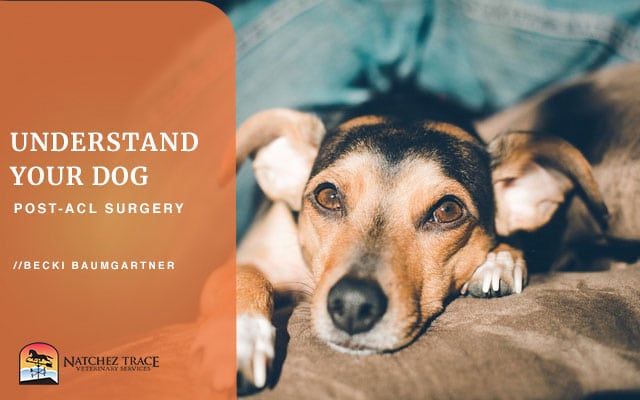



What You Need To Know After Your Dog Has Acl Surgery




Acl Surgery Cost For Dogs 3 Easy Ways To Get The Best Price Your Dog S Health Matters




Mmp For Cranial Cruciate Ligament Surgery Abbotts Way




No Surgery No Problem Treating Our Dog S Acl Tear Notes From A Dog Walker




Alternatives To Surgery For Ligament Injuries In Dogs Whole Dog Journal
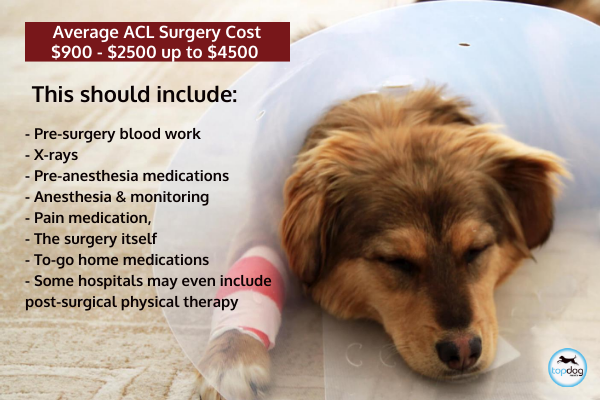



Dog Acl Surgery Lateral Suture Acl Recovery Topdog Health




How To Survive Tplo Surgery Recovery Dog Acl Injury Hip Surgery Recovery Knee Surgery Recovery Surgery Recovery




Torn Acl In Dogs Everything Owners Need To Know




Does Pet Insurance Cover Cruciate Surgeries 365 Pet Insurance




Acl Repair For Pets Highlands Eldorado Veterinary Hospital
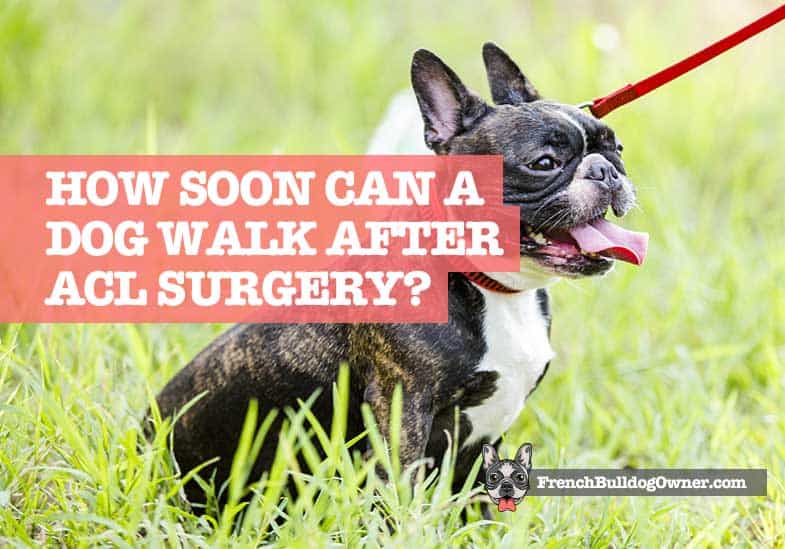



How Soon Can A Dog Walk After Acl Surgery See Exercises
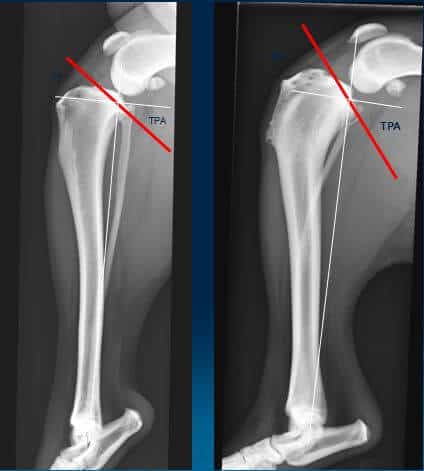



Tplo Dr Phil Zeltzman Allentown Pa




Torn Acl In Dogs Everything Owners Need To Know




Tta Surgery Recovery Dog Knee Surgery




Tibial Plateau Leveling Osteotomy Tplo Surgery Rehab For Dogs Topdog Health Surgery Acl Tear Rehab



What To Expect After Your Dog S Tplo Surgery Tplo Info
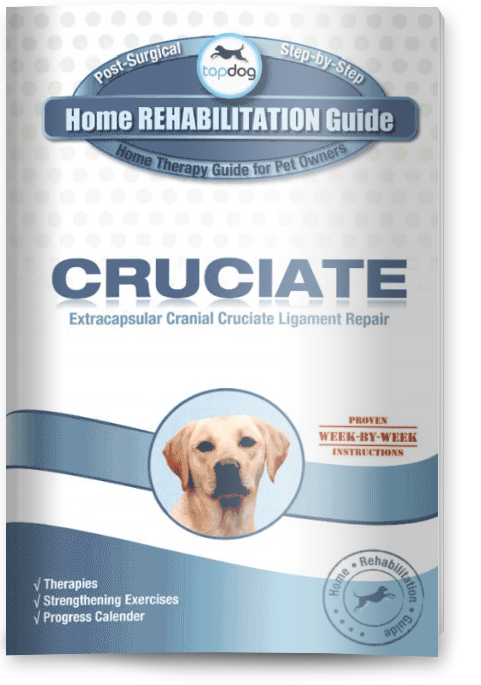



Dog Acl Surgery Lateral Suture Acl Recovery Topdog Health




Can A Dog Retear Its Acl After Surgery A Complete Guide Joypetproducts
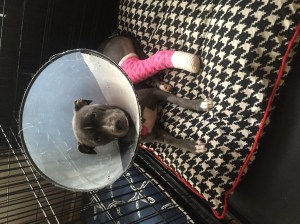



Rosie S Story Pet Insurance For Torn Acl Healthy Paws Pet Insurance




Acl Surgery For The Dog Cranial Crucaite Ligament Rupture Animal Hospital Maple Orchard




Dog Acl Recovery Without Surgery Healing Husky Squad Blog
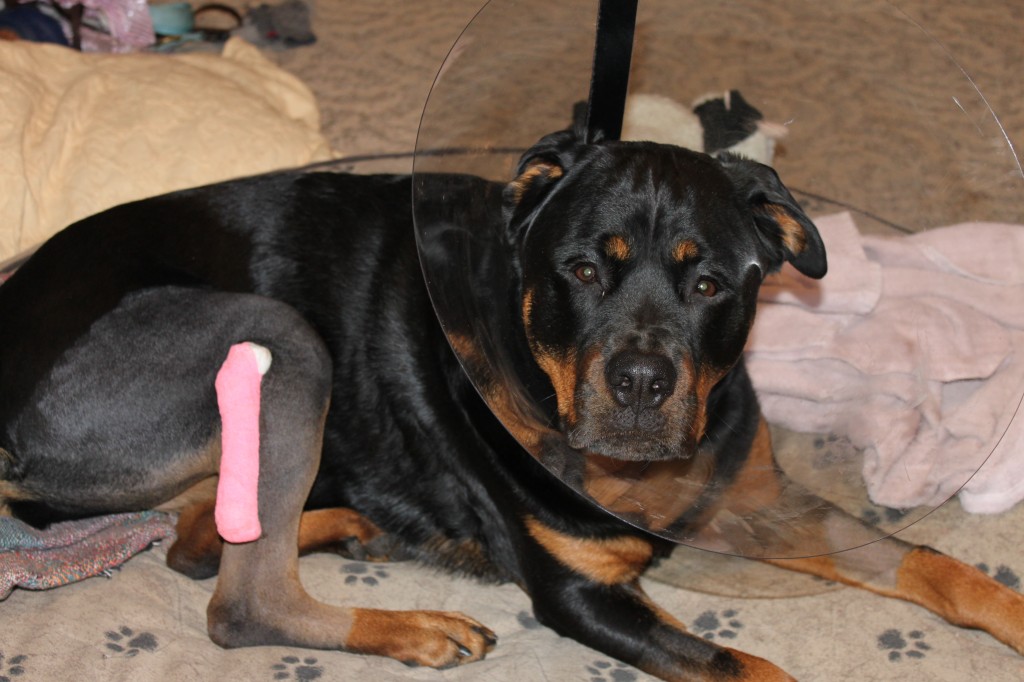



Tplo Surgery Complications Staph Infection
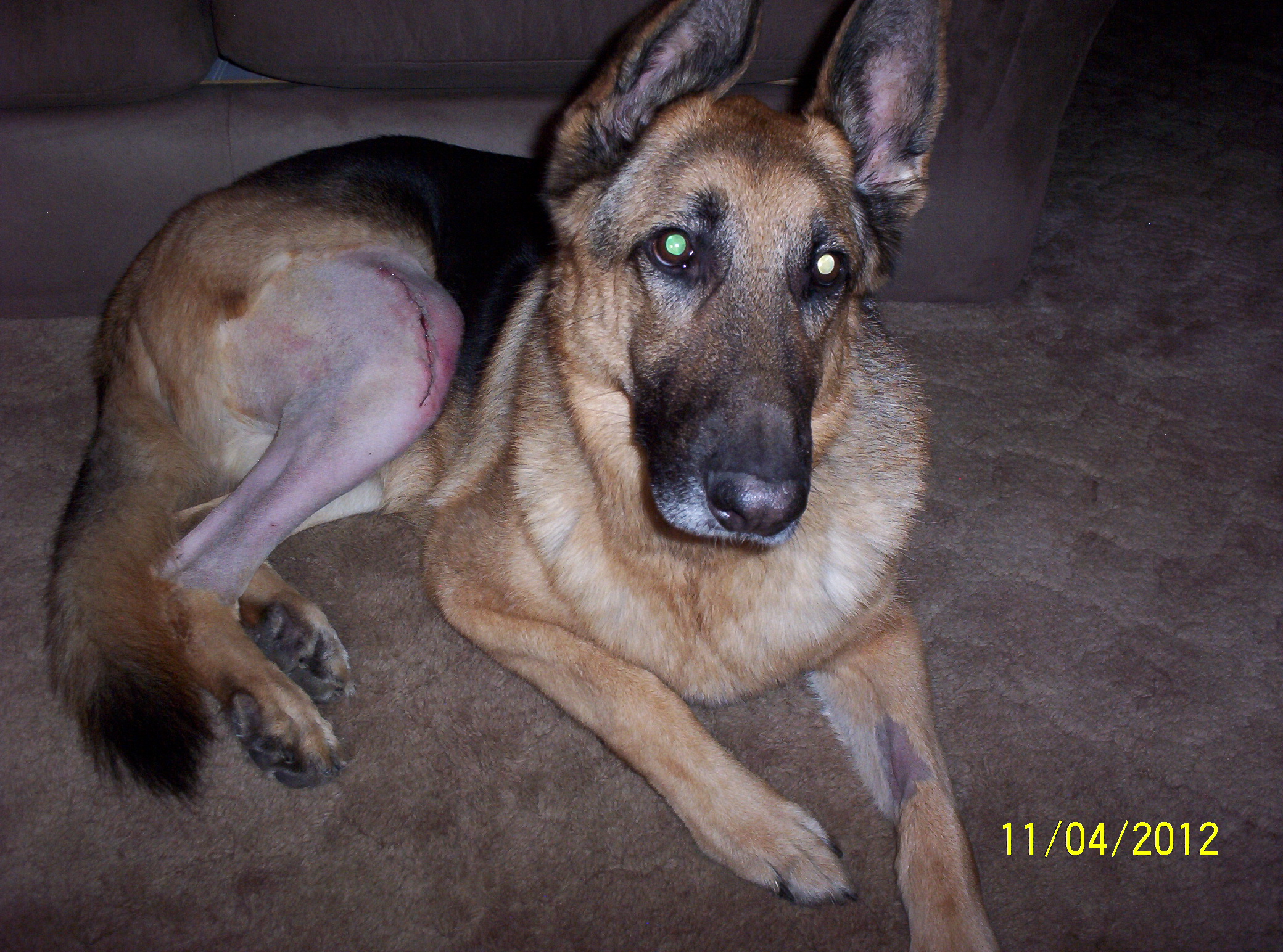



Extracapsular Repair For Large Dogs Thor



1
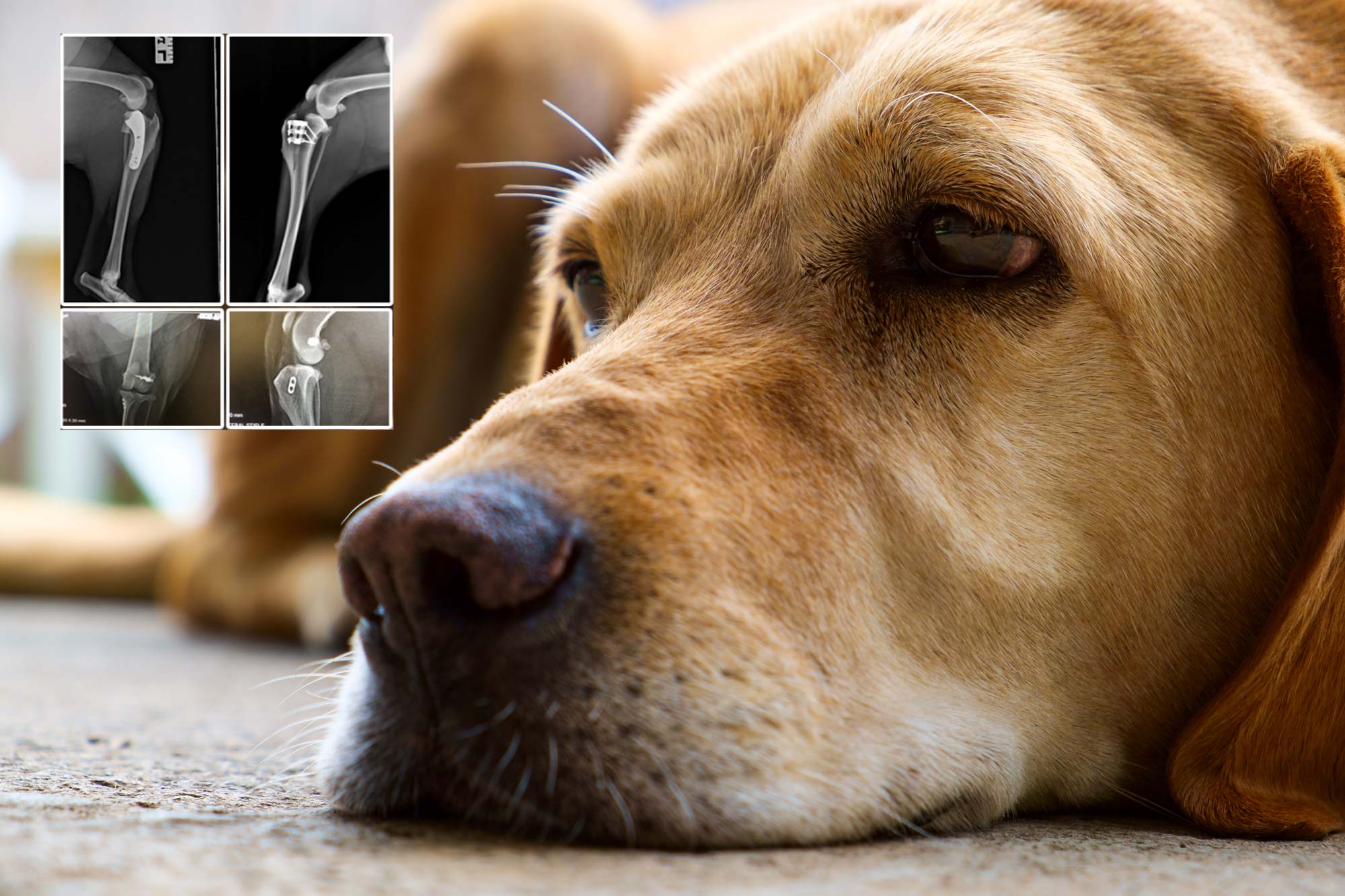



Dog Acl Surgeries Rice Lake Animal Hospital




Dog Acl Surgery The Second Time Around Fidose Of Reality




Pin Von Zoei Chow Auf Crafts Pets Hunde Tiere Haushund




Dog Acl Surgery Cost Alternative Ways To Treat Your Furry Friend




9 Lessons Learned From Dog Acl Surgery And Recovery
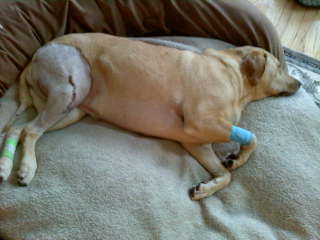



Tplo Surgery For Dog Acl Surgeries For Torn Ccl Ligament




Surgery Facts About Torn Ccl Acl Posh Dog Knee Brace




How Much Is Acl Surgery For A Dog Dog Products Guide




Ultimate Pet Owners Guide To Ruptured Cruciate Surgery In Dogs Pet Care And Animal Information Articles And Updates Willamette Valley Animal Hospital



Cruciate Ligament Disease A Comparison Of Surgical And Nonsurgical Treatment Outcomes Spot Speaks




Dog Acl Surgery Recovery




What It S Like During A Dog S Tplo Surgery Recovery Advice From A Pet Owner La Jolla Mom
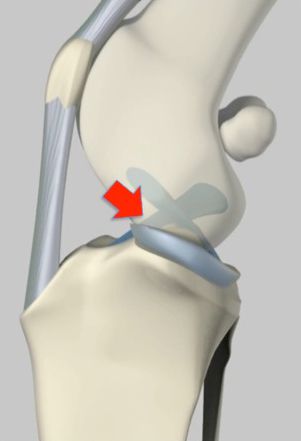



Cruciate Ligament Disease Or Injury Fitzpatrick Referrals




Cranial Cruciate Ligament Repair Tibial Tuberosity Advancement Tta Vca Animal Hospital




What To Expect After Your Dog S Tplo Surgery Tplo Info




Surgery Facts About Torn Ccl Acl Posh Dog Knee Brace



Www Edmontonveterinary Com Storage App Media Tplo Home Recovery Program Final July 13 12 Pdf




Cruciate Ligament Surgery In Dogs Southern Cross Vet




Dog Knee Ligament Repair Surgery For Small Dogs
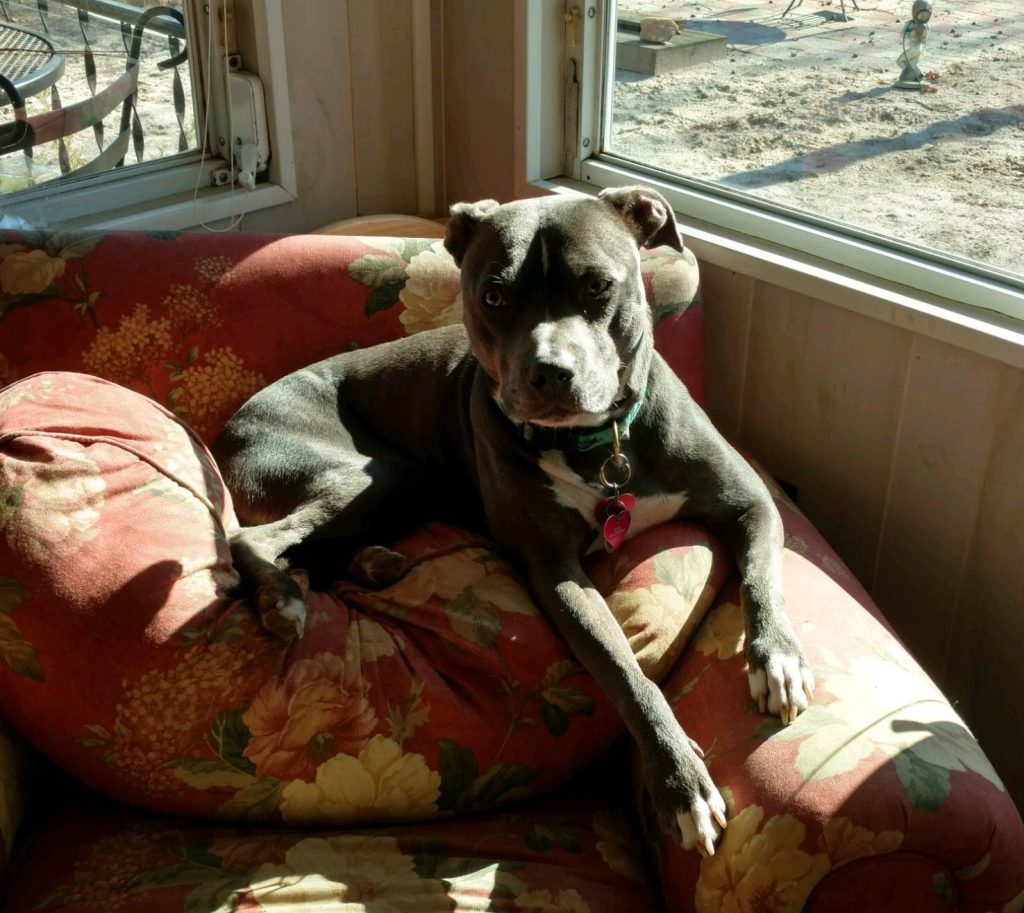



Rosie S Story Pet Insurance For Torn Acl Healthy Paws Pet Insurance




Acl Tears Corrective Surgery For Dogs Cats Bond Vet
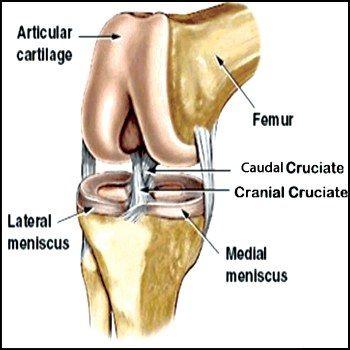



Cranial Cruciate Ligament Injury Metropolitan Veterinary Associates



0 件のコメント:
コメントを投稿